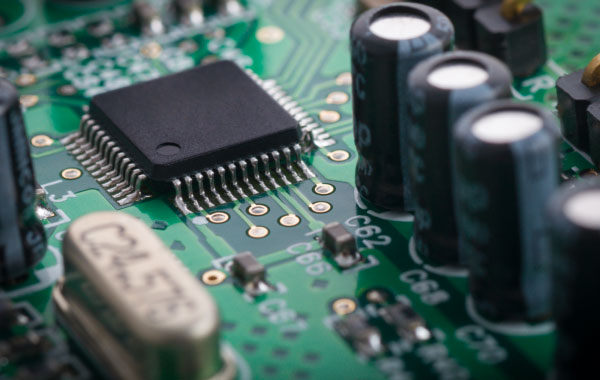What is Surface-Mount Technology Assembly? (SMT)
As modern electronic designs are getting smaller and more complex with an increased demand for greater functionality and added utility, engineers are now relying on surface mount technology as the preferred PCB assembly method in electronic manufacturing.
The majority of electronic devices or machines we use, such as an iPhone or your car were most likely made via surface mount technology (SMT).
The question we all ask ourselves is, what is SMT assembly, and why was there a need to invent this technology?
Origins of Surface-Mount Technology
The need for automation in electronic manufacturing started trending in the late 70s and early 80s after traditional processes like Through-Hole Technology (THT) couldn’t keep up with the demand for electronic devices.
The traditional methods weren’t enough to keep up with the high demand because the holes required for these small and complex devices had to be precisely drilled on each board before assembly could start.
In the early days of PCB assembly, the holes were often misplaced due to manual THT processes which usually resulted in a high chance of human error causing production halts, profit losses, and delays.
Advantages of SMT
Various advantages exist when it comes to the use of Surface Mount Technology in the design of PCBs such as:
- The process is usually less time-consuming in comparison to the through-hole design principles, meaning that the manufacturing process is generally quicker. This means that the process is not only generally faster but also cost-effective for both the manufacturer and the client.
- The component used in Surface Mont Technology tend to be cheaper when compared to that of through-hole ones.
- The size of Surface Mount Technology components is smaller, which allows for more density of the components on the board resulting in more complex designs that would not be possible with a standard through-hole process.
- Surface mount technology allows for higher structural integrity, especially in harsh conditions such as of shake and vibration related to environmental stresses.
Disadvantages of SMT
- This technology is not suitable for all components. Certain components require a large amount of power that requires the through-hole process to properly function.
- The low and complex size of components used in the SMT can result in more difficult and time-consuming PCB repairs.
- Components that require frequent connections and disconnections are unsuitable for using SMT.
Conclusion
Overall, SMT will almost always prove to be a more efficient and cost-effective process than through-hole mounting. It has been used in more than 90% of PCB builds in modern days. However, a number of special mechanical, electrical and thermal considerations will continue to require through-hole technology.

